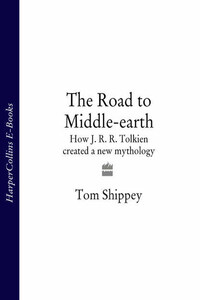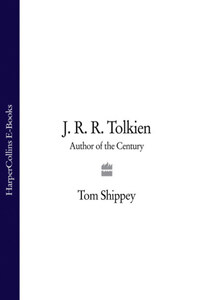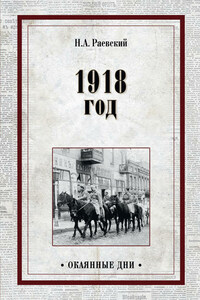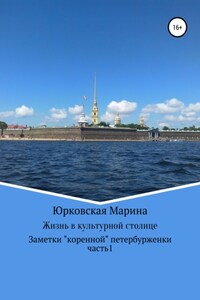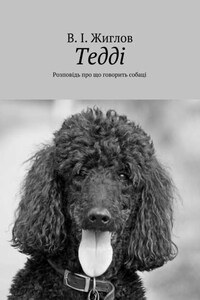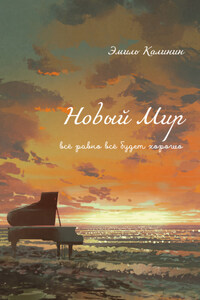My involvement with Tolkien’s fiction now goes back almost fifty years, to a first reading of The Hobbit some time in the mid-1950s. My first attempt to comment publicly on Tolkien did not come, however, till late 1969 or early 1970, when I was recruited, as a very junior lecturer at the University of Birmingham, to speak on ‘Tolkien as philologist’ at a Tolkien day organised by some now-forgotten association. It was my good fortune that Tolkien’s secretary, Joy Hill, was in the audience, and asked me for a copy of my script to show the Professor. It was my further good fortune that he read it, perhaps out of good will to Birmingham and to King Edward’s School, Birmingham, which we both attended, he (with a gap) from 1900 to 1911, and I from 1954 to 1960. Tolkien furthermore replied to it, with his habitual courtesy, in a letter dated April 13th, 1970, though it took me a very long time to understand what he meant, as I discuss below.
It was not till 1972 that I met Tolkien in person, by which time I had been promoted from Birmingham to a Fellowship at St. John’s College, Oxford, to teach Old and Middle English along the lines which Tolkien had laid down many years before. Just after I arrived in Oxford, Tolkien’s successor in the Merton Chair of English Language, Norman Davis, invited me to dine at Merton and meet Tolkien, who was then living in college lodgings following the death of his wife. The meeting left me with a strong sense of obligation and even professional piety, in the old sense of that word, i.e. ‘affectionate loyalty and respect, esp. to parents’, or in this case predecessors. After Tolkien’s death I felt increasingly that he would not have been happy with many of the things people said about his writings, and that someone with a similar background to himself ought to try to provide – as Tolkien and E. V. Gordon wrote in the ‘Preface’ to their 1925 edition of Sir Gawain and the Green Knight – ‘a sufficient apparatus for reading [these remarkable works] with an appreciation as far as possible of the sort which its author may be supposed to have desired'.
In 1975, accordingly, I contributed an article on ‘Creation from Philology in The Lord of the Rings’ to the volume of Essays in Memoriam edited by Mary Salu and R. T. Farrell, essentially an expansion of my 1970 script. In 1979, however, I followed Tolkien’s track yet again, this time going to the Chair of English Language and Medieval English Literature at the University of Leeds, which Tolkien had held more than fifty years before. This only increased the sense of professional piety mentioned above, and the result was the first edition of the present work, which appeared in 1982. I assumed at the time that that would be my last word on the subject. But since then, of course, the whole ‘History of Middle-earth’ has appeared, twelve volumes of Tolkien’s unpublished drafts and stories edited by his son Christopher, as well as a volume of academic essays including some new material, and the ‘reconstructed’ editions of the Old English Exodus and Finnsburg poems: each separate publication a valuable source of information, but also of some trepidation to the writer who has committed himself to explaining ‘how Tolkien worked’ or ‘what Tolkien must have been thinking’. A second edition of The Road to Middle-earth, in 1992, accordingly tried to take some of this material into account.
A further thought, however, had slowly been growing upon me, first expressed in the article on ‘Tolkien as a Post-War Writer’, delivered as a lecture at the ‘Tolkien Phenomenon’ conference at the University of Turku, Finland, in 1992, and printed in the proceedings of that conference, Scholarship and Fantasy, edited by Keith J. Battarbee. This thought was that I had from 1970 always thought of Tolkien as a philologist, a professional ancestor, one of a line of historical linguists descended essentially from Jacob Grimm, of ‘Grimm’s Law’ and ‘Grimms’ Fairy Tales’. I had in other words habitually seen him, to use the linguists’ term, ‘diachronically’. But language can and should also be viewed ‘synchronically’, and so could Tolkien. What happened if one considered him in the literary context of his time, the early to mid-twentieth century? My unconsidered assumption had been that he had no literary context, that he was a ‘one-off’ – certainly the impression one would get from reading any literary histories of the period which happened to mention him. But if one reflected on Orwell and William Golding, Vonnegut and T.H. White, C.S. Lewis and even Ursula Le Guin, several of them close to him in age, or experience, or date of publication, a different picture emerged: one of a group of (as I have called them) ‘traumatised authors’, writing fantasy, but voicing in that fantasy the most pressing and most immediately relevant issues of the whole monstrous twentieth century – questions of industrialised warfare, the origin of evil, the nature of humanity. This ‘synchronic’ view of Tolkien took shape in my book
